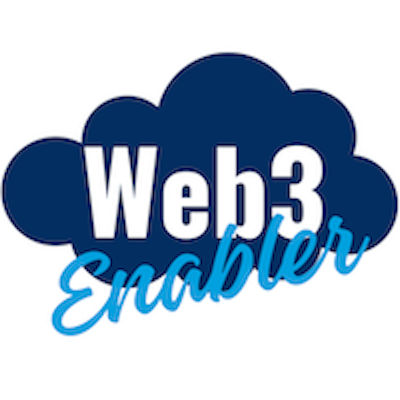
The advent of Web3 marks a revolutionary leap forward in the internet’s evolution, promising a future where decentralized applications and services play a central role in our digital lives. However, the full potential of Web3 remains just beyond reach for the average user due to its complexity. Drawing inspiration from a Forbes article on the subject, this discussion explores how Artificial Intelligence (AI) is becoming an indispensable ally in enhancing “AI and Web3 accessibility” for the masses.
Understanding Web3’s Potential
Web3 represents the next generation of the internet, characterized by its decentralized architecture. Unlike its predecessors, Web3 gives users unprecedented control over their data, enabling direct interactions on the blockchain without intermediaries. This shift could democratize the internet, fostering innovation and creating new economic opportunities.
The Challenge of Accessibility
Despite its promise, Web3’s widespread adoption is hindered by significant barriers. The technology’s complexity and the steep learning curve associated with blockchain and cryptocurrencies deter many potential users. Achieving universal Web3 accessibility demands intuitive and user-friendly interfaces that can bridge this gap.
AI as a Catalyst for Change
In this context, AI notably transforms the landscape, equipping users with tools and technologies that significantly simplify the Web3 ecosystem’s user experience. By leveraging machine learning and natural language processing, AI skillfully guides users through Web3’s intricacies, thereby making it more accessible to everyone. Consequently, this paves the way for a more approachable and user-friendly decentralized web.
Practical Applications of AI in Web3
Several AI-driven solutions are already enhancing Web3’s usability:
- Intelligent Chatbots: These can guide users through decentralized applications (DApps), offering real-time assistance and support.
- Predictive Analytics: AI algorithms can analyze patterns within blockchain networks, offering insights that help users make informed decisions.
- Personalized AI Assistants: These tools manage digital assets, optimizing transactions based on user preferences and market conditions.
The Future of AI and Web3 Integration
The integration of AI and Web3 holds immense promise but also presents challenges. As these technologies evolve, ethical considerations, particularly regarding data privacy and algorithmic bias, must be addressed to ensure that AI-enhanced Web3 solutions are equitable and secure.
Conclusion
AI undeniably plays a pivotal role in enhancing Web3 accessibility, bridging the gap to a future where the decentralized web becomes as user-friendly as it is powerful. As we stand on the brink of this new digital era, keeping up with the latest developments in AI and Web3 integration becomes crucial.
To further explore the intersection of AI and Web3, readers are encouraged to delve into the subject and join the conversation on how AI can continue to revolutionize Web3’s accessibility. The synergy between AI and Web3 not only signifies a pivotal shift in how we interact with the digital world but also highlights the importance of inclusive, user-centric approaches to technology development.







